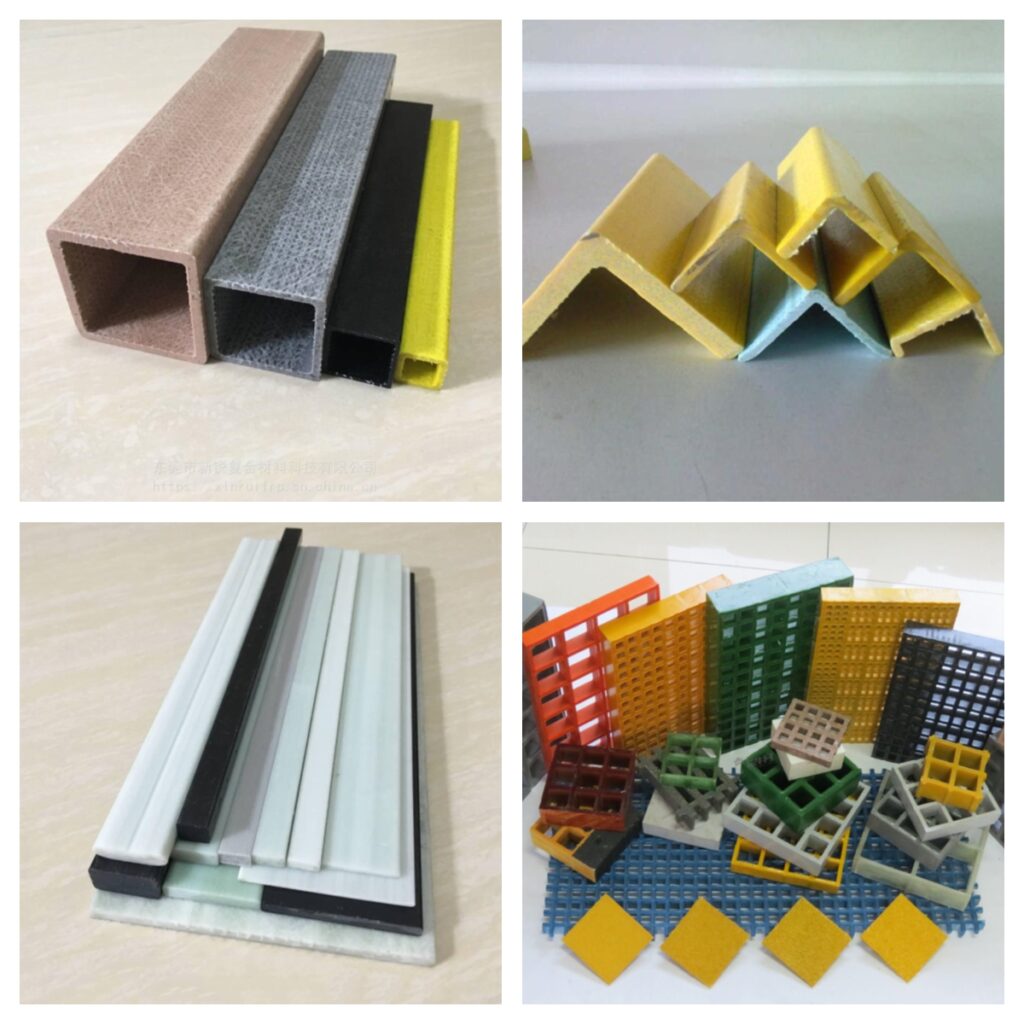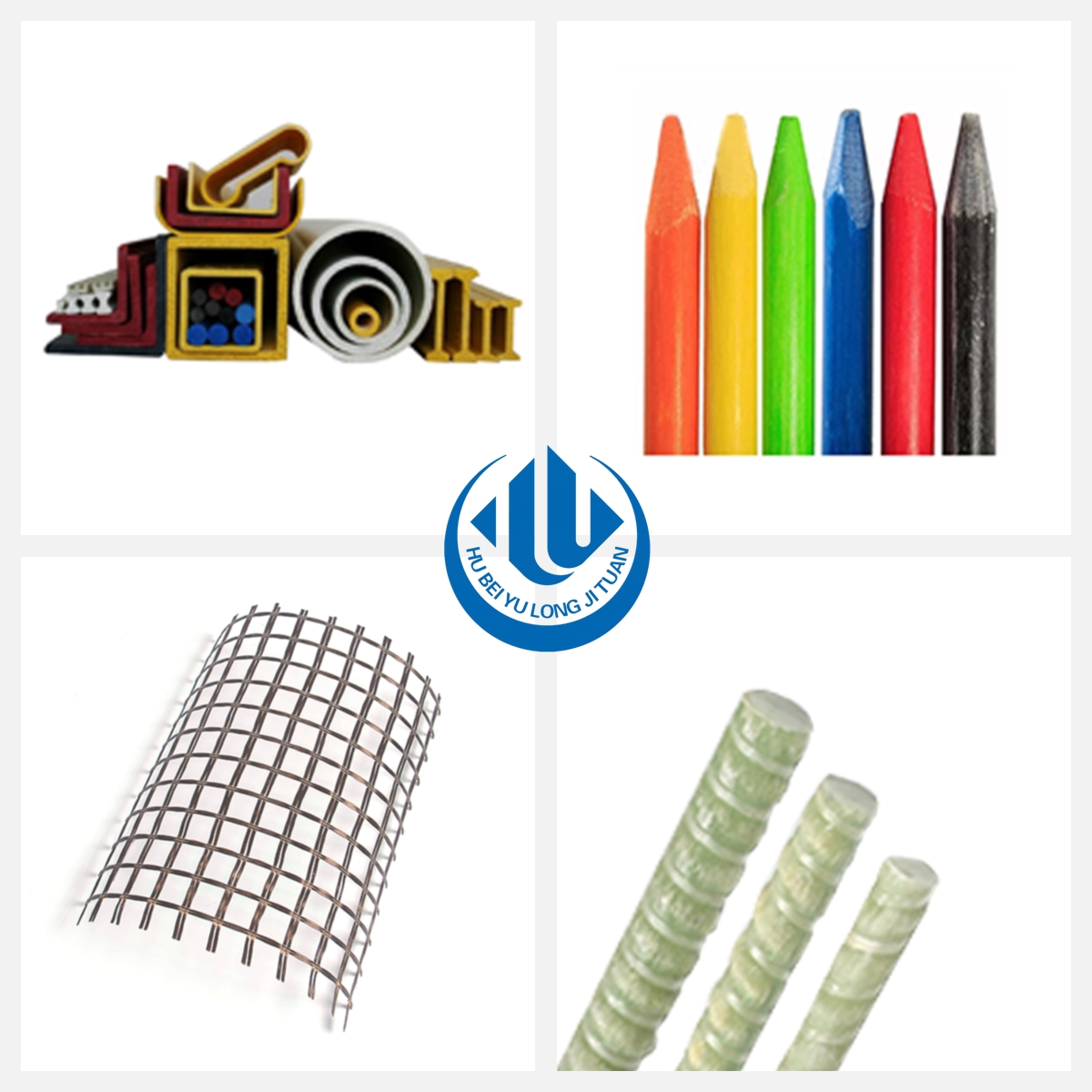Fiberglass is a common type of fiber-reinforced plastic that uses glass fibers as reinforcement. It has many advantages over other materials, such as strength, durability, corrosion resistance, light weight, and low cost. Fiberglass is widely used in various industries, such as construction, automotive, aerospace, electrical, and renewable energy. But how did fiberglass come to be? In this blog post, we will explore the history and evolution of fiberglass and how it changed the world.

The Origins of Glass Fibers
Glass fibers have been produced for centuries, but they were mainly used for decorative purposes. The earliest patent for glass fibers was awarded to Hermann Hammesfahr, a Prussian inventor, in the U.S. in 1880. He produced glass threads by drawing molten glass through fine holes in a metal plate. He used these threads to make fabrics and textiles that resembled silk.
However, Hammesfahr’s glass fibers were not very strong or flexible. They were also difficult to produce in large quantities. It was not until the 1930s that glass fibers became more practical and useful.
The Breakthrough of Continuous Glass Filaments
The most important advance in making the modern glass-fiber industry possible came in 1932. Dale Kleist, a graduate student at Ohio State University, was working part-time at Owens-Illinois as a researcher. He was trying to make a seal between two glass blocks by blowing compressed air through a hole in one of them. However, he accidentally blew air through both blocks at the same time, creating a jet of molten glass that stretched into thin filaments.
Kleist realized that he had discovered a new way of making continuous glass filaments that were much stronger and finer than Hammesfahr’s glass threads. He teamed up with his colleague John Thomas to develop a machine that could produce these filaments at high speed and low cost. They patented their invention in 1933 and formed a joint venture with Owens-Illinois and Corning Glass Works to commercialize it.
The Development of Fiberglass Products
The first commercial product made from continuous glass filaments was fiberglass insulation. It was introduced by Owens-Corning Fiberglas Corporation (OCF) in 1938. Fiberglass insulation had superior thermal and acoustic properties than other types of insulation, such as wool or cotton. It also resisted fire, moisture, and pests. Fiberglass insulation soon became popular for residential and industrial applications.
Another major product made from continuous glass filaments was fiberglass cloth. It was developed by Russell Games Slayter, another researcher at OCF, in 1936. He wove the glass filaments into a fabric that could be impregnated with various resins to create composite materials. Fiberglass cloth was initially used for military purposes during World War II, such as making aircraft radomes and rocket nozzles.
After the war, fiberglass cloth found many civilian uses, such as making boat hulls, car bodies, pipes, tanks, and sports equipment. One of the most iconic examples of fiberglass cloth was the Chevrolet Corvette, which debuted in 1953 with a fiberglass body. The fiberglass body was cheaper and easier to produce than sheet metal and gave the car a sleek and futuristic look.

The Future of Fiberglass
Today, fiberglass is still one of the most widely used materials in various industries. It is constantly being improved and innovated to meet new challenges and demands. For example, fiberglass is being used to make wind turbine blades and solar panels that can harness renewable energy sources. Fiberglass is also being combined with other materials, such as carbon fiber or nanomaterials, to create hybrid composites that have enhanced properties.
Fiberglass has come a long way since its humble beginnings as a decorative material. It has become a game-changer for various industries and has contributed to many technological and social advancements. Fiberglass is truly a remarkable material that deserves our appreciation and admiration.


